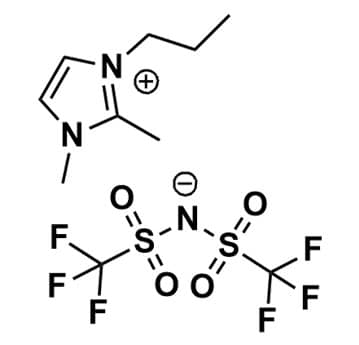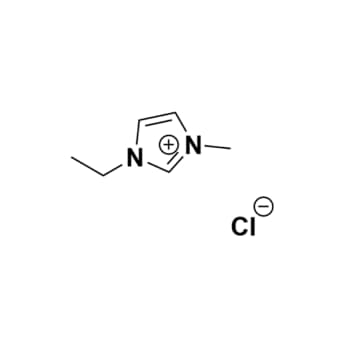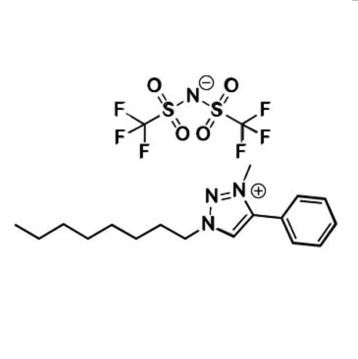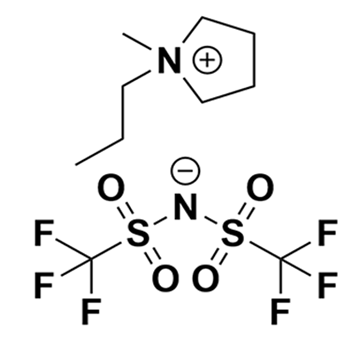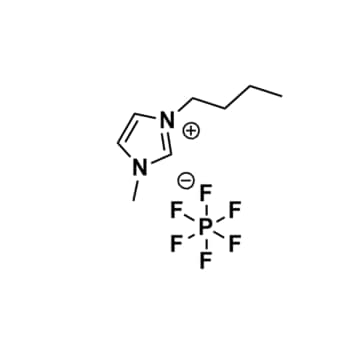1,2-Dimethyl-3-propylimidazolium bis(trifluoromethylsulfonyl)imide, >99%
Price range: $167.64 through $9,193.80
Product Code: IL-0134-HPCAS NO: 169051-76-7
- Chemical Formula: C10H15F6N3O4S2
- Synonyms: DMPIIm, PDiMIM BTA, PDiMIM NTf2, PDiMIM TFSI, PDiMIM BTI, IM113 BTA
- Aromatic, Hydrophobic, Weakly-coordinating anion.
Conductivity: 1.95 mS/cm (25 °C)
SUM Formula: C10H15F6N3O4S2
Molecular Weight: 419.36
Melting Point: 15 °C
Density: 1.45 g/cm³ (25 °C)
ECW: 4.6 V
HMIS Key: NA
Viscosity: 107 cP (25 °C)
- SPECIFIC GRAVITY: NA
- SUM Formula: C10H15F6N3O4S2
- Molecular Weight: 419.36
- Melting Point: 15 °C
- Density: 1.45 g/cm³ (25 °C)
- ECW: 4.6 V
- HMIS KEY: NA
- TSCA: NA
- Viscosity: 107 cP (25 °C)
1,2-Dimethyl-3-propylimidazolium bis(trifluoromethylsulfonyl)imide, >99% (169051-76-7) ; Lithium Ion Batteries
Key Applications
1,2-Dimethyl-3-propylimidazolium bis(trifluoromethylsulfonyl)imide, >99% (DMPIIm) has applications in energy storage, especially as an electrolyte for lithium batteries. It has a high ionic conductivity of 2.5 mS cm−1 at 25 °C and a wide electrochemical window. It also shows good interfacial stability with lithium metal and can prevent the formation of dendrites. These properties make it a promising candidate for high-performance lithium metal batteries that can offer higher energy density and longer cycle life than conventional lithium-ion batteries.
DMPIIm can also be used as a solvent or catalyst in chemical processes due to its non-volatile and thermally stable nature3. For example, it can be used as a solvent for the synthesis of silver nanoparticles by microwave irradiation. It can also be used as a catalyst for the Friedel–Crafts alkylation of benzene with alkyl halides. Moreover, it can be used as a medium for the extraction of aromatic compounds from hydrocarbon mixtures.
Please contact us if you want to learn more or need assistance with your order.

